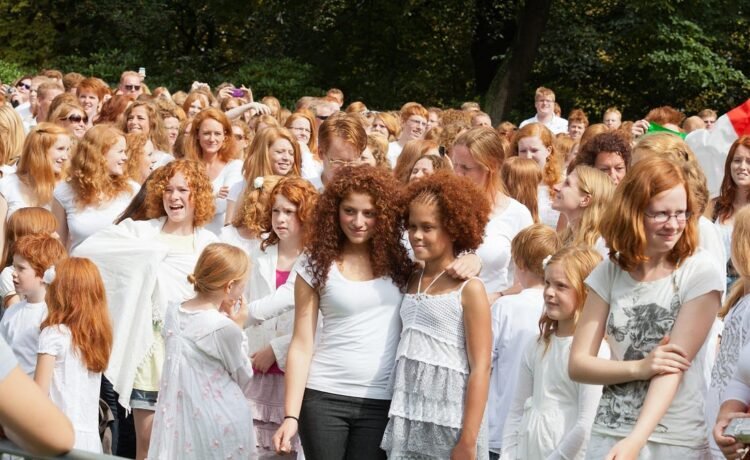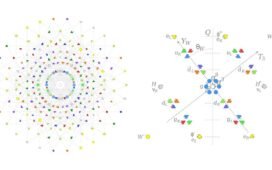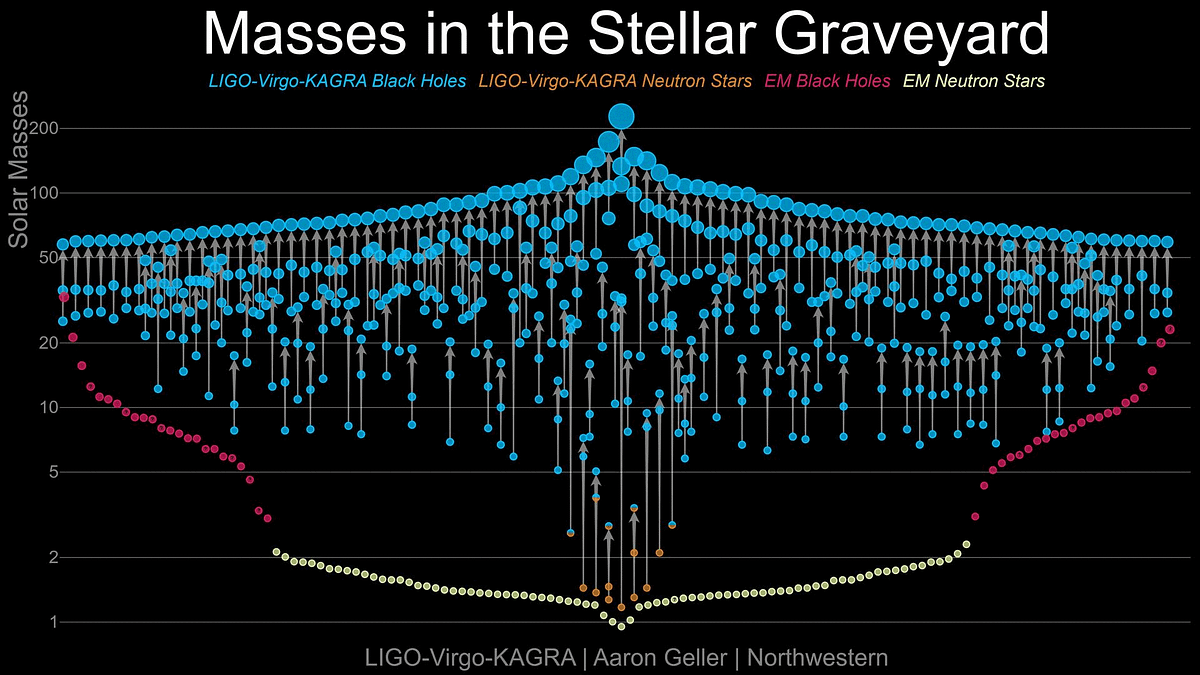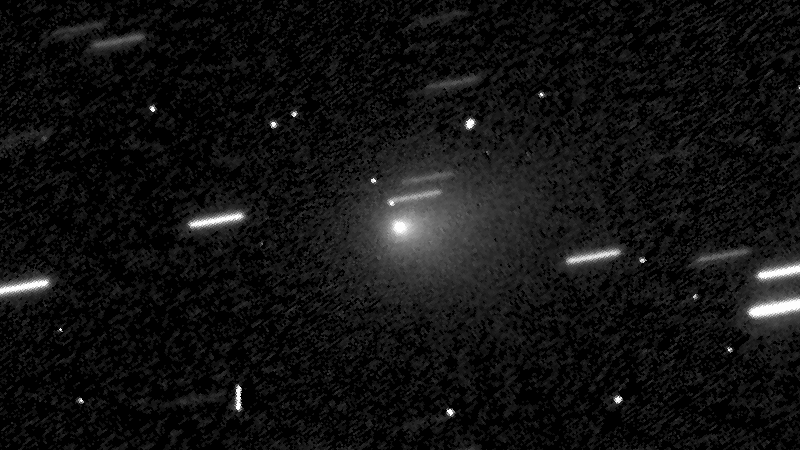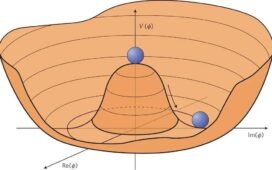Whether your hair is straight, wavy, curly, or kinky isn’t just genetic in nature. It depends on the physics of your hair’s very atoms.
Across the animal kingdom, hair and fur are exceedingly common.
They come in many varieties of thicknesses, styles, and structures.
Despite these varied properties, hairs are generally similar.
For all animals, it’s composed of keratin: a protein-based structure.
All proteins, in turn, contain amino acids as building blocks.

